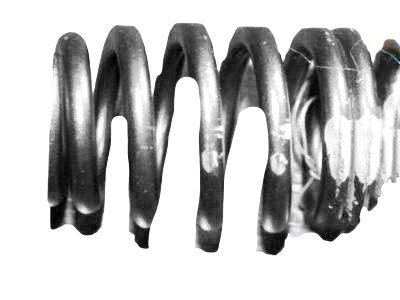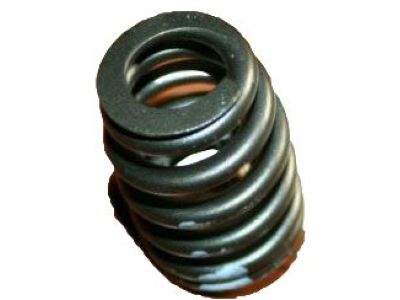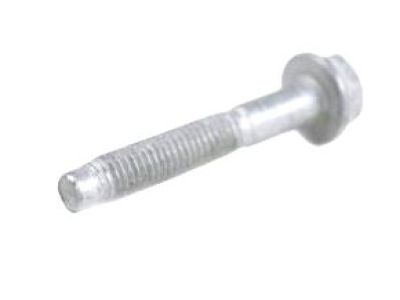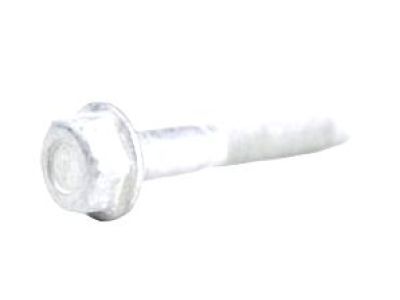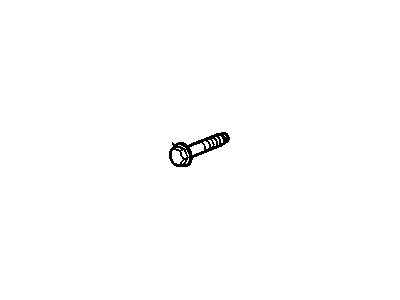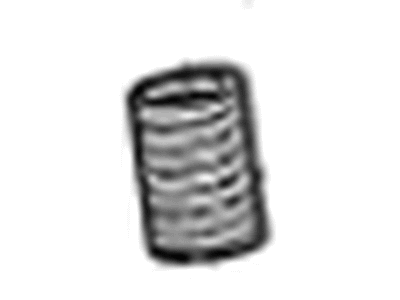
My Garage
My Account
Cart
Genuine Chevrolet Equinox Rocker Shaft Spring Kit
Rocker Shaft Spring Set- Select Vehicle by Model
- Select Vehicle by VIN
Select Vehicle by Model
orMake
Model
Year
Select Vehicle by VIN
For the most accurate results, select vehicle by your VIN (Vehicle Identification Number).
5 Rocker Shaft Spring Kits found
Chevrolet Equinox Spring, Valve *Green Inside Diameter
Part Number: 10166343$13.05Ships in 1-3 Business DaysChevrolet Equinox Bolt, Heavy Hx Acorn Flange Head
Part Number: 11588728$0.46 MSRP: $0.72You Save: $0.26 (37%)Ships in 1-3 Business DaysChevrolet Equinox Spring,Valve
Part Number: 90537032$5.06 MSRP: $8.08You Save: $3.02 (38%)Ships in 1-3 Business DaysChevrolet Equinox Spring, Valve
Part Number: 55569929$3.40 MSRP: $5.35You Save: $1.95 (37%)Ships in 1-3 Business DaysChevrolet Equinox Spring, Valve
Part Number: 12636319$4.72 MSRP: $7.52You Save: $2.80 (38%)Ships in 1-3 Business Days
Chevrolet Equinox Rocker Shaft Spring Kit
Each OEM Chevrolet Equinox Rocker Shaft Spring Kit we offer is competitively priced and comes with the assurance of the manufacturer's warranty for the part. Furthermore, we guarantee the speedy delivery of your orders right to your doorstep. Our hassle-free return policy is also in place for your peace of mind.
Chevrolet Equinox Rocker Shaft Spring Kit Parts Questions & Experts Answers
- Q: Can broken Rocker Shaft Spring Kit and Valve Stem Oil Seal be replaced without removing the cylinder head in 3.0L and 3.6L V6 engine on Chevrolet Equinox?A:Exhaust and intake valve springs for a doubled valve train can be replaced without having to remove the cylinder head of the car, which will take approximately two special tools and a source of compressed air. First, the spark plugs, the valve covers, the cams and the rockers must be taken out. Insert an adapter into the spark plug hole and attach an air hose to this end and the other end must be connected to a compressed air supply. Use compressed air on the cylinder to fix the valves in position against the effects of the liquid. Lightly strike the top of each valve spring retainer to free the valve keeper from the spring retainer Employing a valve-spring compressor, compress the valve spring and extract the keepers by means of needle-nose pliers or magnet. Take off the valve spring and the retainer with utmost care to avoid the pressure of lifting the valve, while the air pressure is still retaining it in the closed position. Take out the previous valve stem seals; it is possible to tell an intake seal from an exhaust seal by how they are designed, and round the upper part of the valve stem with a rubber band or tape to prevent it from falling into the combustion chamber once again, before relieving the air pressure . It is also advisable to examine the valve stem to see if it is damaged and in the process check if the stem binds in the guide. Vibration pressure is then applied to lock the valve back in place and a new valve stem seal is fitted for the intake as well as the exhaust valves without requiring the valve to be pressed up against the top guide. Place the spring and retainer over the valve pushing the assembly just enough to fit the keepers to it, If needed use a little grease to hold the keepers in place. Take the pressure off the spring tool and make sure that the keepers are in place, then detach the air hose and take of the adapter off the spark plug hole. Perform the same for the rest cylinders, and finally fit the rocker arm assemblies, the cam shafts, the Timing Chains, and the valve covers. Turn on the engine to look for such signs as oil dripping and strange noises, let the car run for at least five minutes then rev it up.
Related Chevrolet Equinox Parts
Browse by Year
2024 Rocker Shaft Spring Kit 2023 Rocker Shaft Spring Kit 2022 Rocker Shaft Spring Kit 2021 Rocker Shaft Spring Kit 2020 Rocker Shaft Spring Kit 2019 Rocker Shaft Spring Kit 2018 Rocker Shaft Spring Kit 2017 Rocker Shaft Spring Kit 2016 Rocker Shaft Spring Kit 2015 Rocker Shaft Spring Kit 2014 Rocker Shaft Spring Kit 2013 Rocker Shaft Spring Kit 2012 Rocker Shaft Spring Kit 2011 Rocker Shaft Spring Kit 2010 Rocker Shaft Spring Kit 2009 Rocker Shaft Spring Kit 2008 Rocker Shaft Spring Kit 2007 Rocker Shaft Spring Kit 2006 Rocker Shaft Spring Kit 2005 Rocker Shaft Spring Kit
